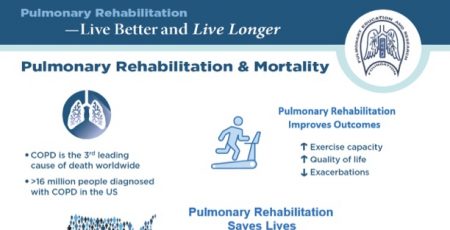21 Jul Pulmonary Hypertension – Signs, Symptoms & Causes
Pulmonary hypertension is high blood pressure that affects the lungs specifically by affecting the arteries in the lungs and in the right side of the heart, also known as the pulmonary circulatory system. These arteries and vessels become damaged and then form scars or thickening inside the vessel walls, restricting the flow of blood through the heart. This increases pressure and causes the right side of the heart to work harder and less effectively, and ultimately heart damage or a heart attack will occur.
Though there is no cure for pulmonary hypertension, there are treatments that can lower the blood pressure in the pulmonary circulation, lessen symptoms and slow the progression of the disease. Oxygen therapy reduces pulmonary pressures. In recent years several medications have been introduced that effectively reduce pulmonary pressures.
Types of Pulmonary Hypertension
There are two classes of pulmonary hypertension: idiopathic (no identifiable cause, and possibly caused by genetic factors), and secondary, meaning that the hypertension was caused by an underlying medical condition, medications, or some sort of trauma.
What Can Cause Secondary Pulmonary Hypertension?
Medical conditions known to increase the risk of secondary pulmonary hypertension include lung diseases such as COPD (especially emphysema), or cystic fibrosis; sickle cell anemia; chronic liver disease; sleep disorders such as sleep apnea; heart failure; heart disease; and AIDS. Some lifestyle choices also can put you at risk for pulmonary hypertension; these include hiking or climbing in altitudes greater than eight thousand feet without proper training, and the use of cocaine or other stimulant drugs.
Signs of Pulmonary Hypertension
Often in the early stages there are no signs or symptoms – and when symptoms do develop, they may be misdiagnosed at first. Pay attention to the following symptoms if they occur, and report them to your doctor:
Shortness of breath may occur while attempting to exercise, which may progress to shortness of breath with any exertion such as normal walking from one room to another and even to shortness of breath at rest. Other signs and symptoms can include dizziness, fainting, fatigue, chest pains, rapid heart rate, swelling in ankles and abdomen, and a bluish tinge around the lips and mouth area.
Not everyone will experience the same or all symptoms, so report your symptoms to your doctor even if you see only one or two of these symptoms that may indicate pulmonary hypertension.
Tests for Pulmonary Hypertension
It’s important to know that this disease usually will not be found during a routine physical exam, so don’t assume that if you have a physical exam, your doctor will detect the disease. Special tests must be conducted, and typically these will not be ordered unless you report your symptoms and your doctor believes that they are warranted. Tests might include any of the following:
- Echocardiograms and x-rays to check for the size and function of your heart
- Specialized echocardiogram (transesophageal echocardiogram) that uses flexible tubing placed down the throat to obtain a clearer echocardiogram picture
- Heart catheterization, which allows for close examination of the vessels and function in the right ventricles
- Pulmonary function tests and/or a perfusion lung scan, which measure air and blood flow within the lungs
- Ventilation scan, which may be done at the same time as a perfusion lung scan
- A CT scan (computerized tomography) and/or an MRI (magnetic resonance imaging) to focus on areas of vessels, and lung involvement
- Genetic testing or a lung biopsy, which may also be ordered based on family history or suspicion of an underlying cause of secondary pulmonary hypertension
Dietary Changes That Can Help If You Have Pulmonary Hypertension
Some simple changes in the way that you eat could help your symptoms if you have pulmonary hypertension. These include reducing your sodium intake, eating more green leafy vegetables if you aren’t on an anticoagulant such as Coumadin or Warfarin, and, possibly, nutritional supplements. If you’ve been diagnosed with the disease, you should make changes in your diet or use of supplements only under the guidance of your doctor.





No Comments